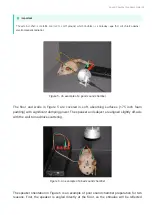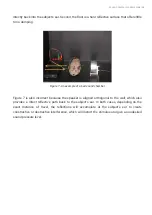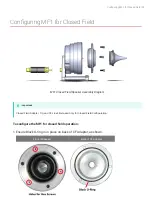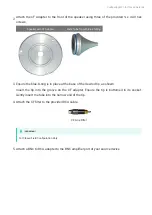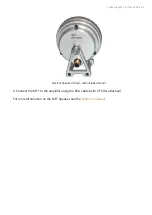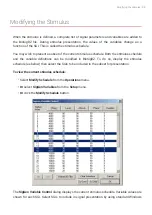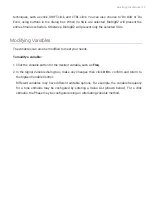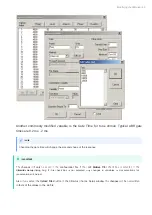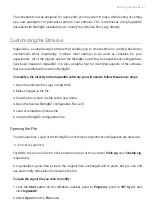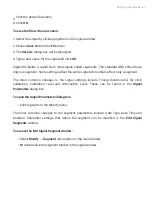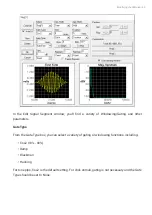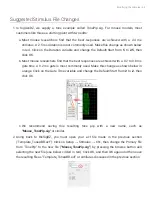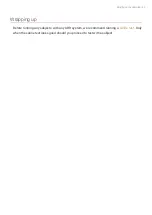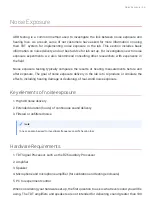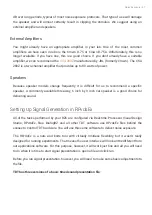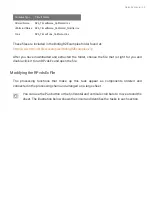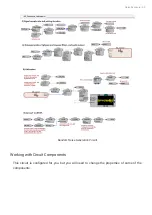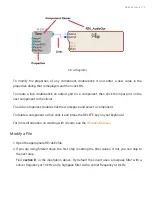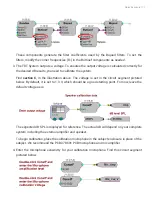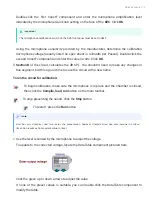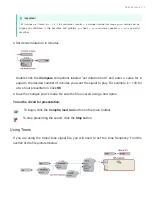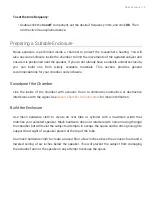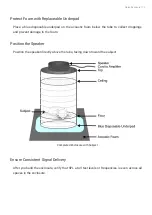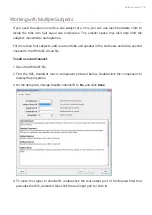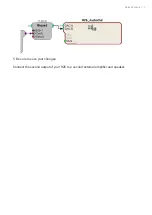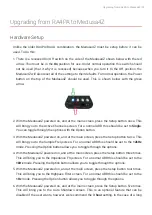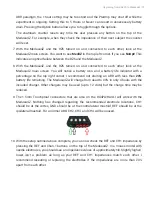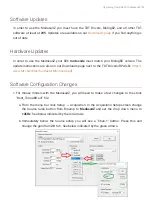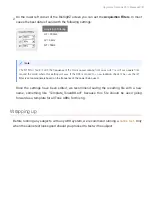
dB over long periods, typical of most noise exposure protocols. That type of use will damage
the speaker and will almost certainly result in clipping the stimulus. We suggest using an
external ampli
fi
er and speakers.
External Ampli
fi
ers
You might already have an appropriate ampli
fi
er in your lab. One of the most common
ampli
fi
ers we have seen in labs is the Crown D-75 or Crown D-75A. Unfortunately, this is no
longer available. If you have one, this is a good choice. If you don't already have a suitable
ampli
fi
er, we can recommend the
manufactured by JBL (formerly Crown). The CSA
280Z is a two-channel ampli
fi
er that provides up to 80 watts of power.
Speakers
Because speaker models change frequently, it is di
ffi
cult for us to recommend a speci
fi
c
speaker. A commonly available three-way, 6 inch by 9 inch car speaker is a good choice for
delivering sound.
Setting Up Signal Generation in RPvdsEx
All of the tasks performed by your RZ6 are con
fi
gured via Real-time Processor Visual Design
Studio, RPvdsEx,
fi
les. BioSigRZ and all other TDT software use RPvdsEx
fi
les behind the
scenes to control TDT hardware. You will use this same software to deliver noise exposure.
The RPvdsEx is a nuts and bolts tool with virtually limitless
fl
exibility, but it wasn't really
designed for running experiments. That means the user interface will look a little different from
our applications software. For this purpose, however, it will work just
fi
ne and all you will need
to do when it is time to start signal presentation is open a
fi
le and click run.
Before you run signal presentation, however, you will need to make some basic adjustments to
the
fi
le.
TDT has three versions of a basic timed sound presentation
fi
le:
Noise Exposure | 67

